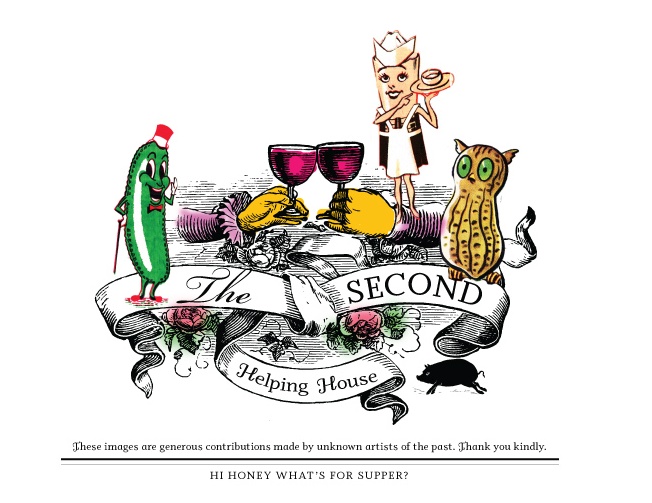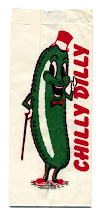

Mussels are silent creatures, so it is up to us to speak for them. When speaking for mussels we should be as poetic as possible, after all mussels are in essence visual poetry inside and out. If I were to attempt verse for mussels it would begin by addressing their sleek black form, the feel and the music of the shell as I turn them in a colander. Moving on I would speak lovingly to them aquatinting them with the marriage arrangements that I have made for them, especially the wine they shall soon bath in. Many lines of joy pertaining to the grand feast, the ephemeral dance of taste. Then, the ending would begin something like this; Close to the shore in the dark twisting water your life began, I am your new shell, you live now with me and my voice is now yours. Together we shall make a wreath from the shell of so many days. A wreath to admire, a reminder of the the sweet life that is ours.
Ok, so I may not be a poet but I hope you get the idea, this a project of love.
What you will need:
drill and 1/8 bit
6 inch length of wire, stove pipe or braided picture frame wire
ply wood wreath support (most craft stores stock them)
black spray paint
hot glue gun, or glue of choice (clear silicone may work)
cleaned shells
clear spray paint

The photo above doesn't include the black spray paint and hanging wire.
How to clean the shells:Forget about the bucket with the bleach water, this does little to remove any fragments of mussel flesh sticking to the shell. What I found to be the best method is to spread the shells out in a sunny spot and let them dry out for about a week. When you retrieve them simply brush off the dried up fibre with thumb and finger nail. No smell either.
Assembly:The ply wood support is your starting point. Often times craft stores sell blank wreath supports, the one in the set up picture is 12 inches, with a 2 inch band to glue shell to, good for using up your smallest shells. If you have an electric jig saw you can cut your support out of luan or similar 1/8 or 3/16 ply wood. The diameter I cut was 21 inches across, the center hole is 13 inches in diameter, leaving a 4 inch band for gluing on the shells.
Now that you have a support board you will need to hang the finished wreath. To do that drill two holes about 1 1/2 inches in from any edge making the holes 1 inch apart , this will be the top of the wreath. Insert the wire from the side to be sprayed painted black so that both ends can be twisted together to form a loop on the back used to hang the wreath. Cut off any excess wire once you are satisfied that it will hang properly on your nail or hook.
Spray the face with back paint so that no raw wood shows, this may take more than one coat, be sure and give paint plenty of time to dry.
Organise and divide you shells into left and rights and by size. Make some trial arrangements and start gluing. You will see how nicely the left and right halves of the shells follow the curve of the wreath form. I applied the glue to the narrow end and tipped the shell up. The next shell is set the same way, allowing the wide end to cover the narrow end of the preceding shell. I expect you will find many more patterns then the one shown here.
Once all shells are glued in place, give them two or three coats of clear spray to bring out the colour, let the paint dry completely between coats. If a shell pops loose when hanging just dab some hot glue on the back and slip in place.
Now that your are admiring your handy work and have mussels on the mind try this variation when making your next pot of steamed mussels.
Mussels Steamed in WineAdapted from The Time Life Series,The Good Cook: Shellfish 1 onion coarsely chopped
6 dozen mussels or 3 two pound bags cleaned and de-bearded
2 shallots coarsely chopped
1 bunch parsley finely chopped ( that could be any where from 1 to 2 1/2 cups )
freshly ground pepper ( perhaps a teaspoon )
10 tbs. butter, reserve 3 tbs. cut into chunks for finishing sauce
1 1/2 cups dry white wine
3 tbs. fresh lemon juice
Rinse mussels in sink using a colander, inspecting to be sure all mussels are closed tightly. Run some cool water in open shells and if alive they will close. In a non reactive pot (stainless is good, aluminium is not) load in onions, mussels, shallots, parsley, pepper, butter and wine. Load ingredients in order listed. Cover and cook over high heat, once simmering cook for about 3 to 4 more minutes. Transfer cooked mussels to a serving dish and keep warm. Strain cooking liquid into a sauce pan, use a wire strainer lined with a double layer of dampened cheese cloth. Pour your liquid into strainer slowly and watch carefully, leaving any sand or grit behind. Reduce the liquid to 1/3 of original volume, then off the heat whisk in the remaining butter chunks until thick and foamy. Whisk in lemon juice and pour sauce over mussels. Serve with crusty bread and wine. ....poetry!

 The grape king is one of my favorites. I suspect the artist is familiar with the great Italian fruit portrait painter Giuseppe Arcimboldo.
The grape king is one of my favorites. I suspect the artist is familiar with the great Italian fruit portrait painter Giuseppe Arcimboldo. This is one of Arcimboldo's more famous works "Vertumnus" 1590-1591, to see more of these works visit Olga's Gallery.
This is one of Arcimboldo's more famous works "Vertumnus" 1590-1591, to see more of these works visit Olga's Gallery. The years strangest find came from an antique mall. Probably circa 1950's it is a potato chip server illustratated with an anthropomorphic potato head wearing a ruffled potato chip skirt. The sticker on the back of the bowl indicates it was made in Japan.
The years strangest find came from an antique mall. Probably circa 1950's it is a potato chip server illustratated with an anthropomorphic potato head wearing a ruffled potato chip skirt. The sticker on the back of the bowl indicates it was made in Japan. Our friends Karma and Rob picked this up at the Superdawg consession at the Airport in Chicago. They paid one buck for the empty carton. Apparently a lot of empty boxes are sold as souveniers.
Our friends Karma and Rob picked this up at the Superdawg consession at the Airport in Chicago. They paid one buck for the empty carton. Apparently a lot of empty boxes are sold as souveniers.  The Little Big Book of Comfort Food includes 200 recipes of home style cooking. It is a lovely book to own even if you don't cook as it contains an abundance of vintage images gleaned from turn of the century illustrations. Many of them from children's books. The following five images are from this book.
The Little Big Book of Comfort Food includes 200 recipes of home style cooking. It is a lovely book to own even if you don't cook as it contains an abundance of vintage images gleaned from turn of the century illustrations. Many of them from children's books. The following five images are from this book.























